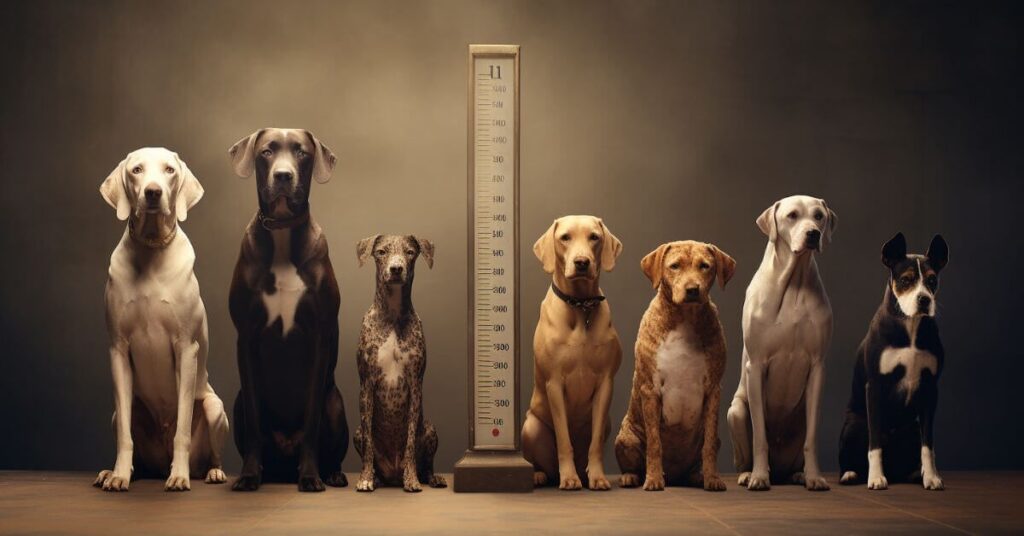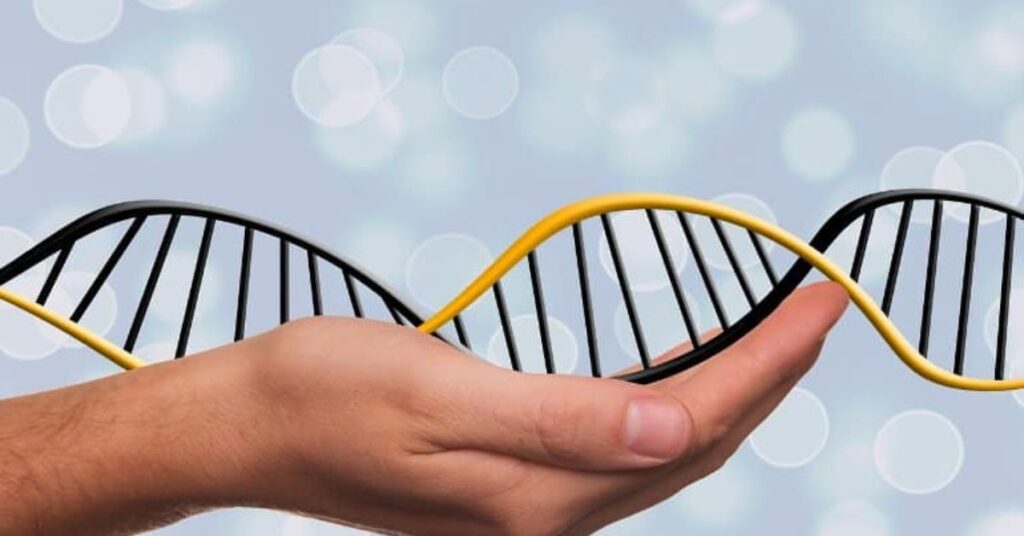Do German Shepherds Have Curly Tails?-Complete Guide
German Shepherds are Known for their insight, reliability, and flexibility. They are #1 among families; policing and administration dog coaches are the same. However, one inquiry that frequently emerges among potential and new proprietors is whether German Shepherds have Curly tails.
It is entirely conceivable and, surprisingly, normal for the tails to be somewhat twisted toward the end; this is considered a variety of “shortcomings” per the AKC.
This article will examine German shepherds’ actual characteristics, zeroing in on their tails and giving a far-reaching view of what makes this breed so extraordinary.
Breed Guidelines and Tail Qualities:
1. Breed Standards:

- Generally Appearance:
German shepherds are known for their strength, fabrication, respectability, and certain attitudes. They are even, deft, and strong, with an articulated shrink and a level back.
- Size and Extent:
Per breed principles, male German Shepherds ordinarily stand between 24 to 26 creeps at the shoulder, while females are marginally more modest, going from 22 to 24 inches. Their bodies ought to be longer than they are tall, keeping a reasonable and even appearance.
- Coat:
German Shepherds have a twofold coat: a thick external coat and a gentler undercoat. Coat tones can change, yet normal tones incorporate dark and tan, dark and red, dark and silver, and sable.
2. Tail Qualities:
- Tail Position and Carriage:
The tail of a German Shepherd is an unmistakable element of the variety. It is commonly lengthy and ragged, stretching out to essentially the sell. When the dog is very still, the tail hangs in a slight bend, looking like a delicate “saber” shape.
- Tail Development:
When the dog is moving or invigorated, the tail might be raised, but it ought never twist or circle over the back. The tail should move normally with the dog’s walk, keeping up with its trademark bend.
- Hereditary Attributes:
A Curly tail isn’t a quality related to German Shepherds’ variety standard. A tail that twists over the back or has an excessive bend is viewed as a shortcoming and may show a deviation from the variety’s standard hereditary qualities.
- Health and Hereditary qualities:
Any deviation from the standard tail qualities, like a Curly tail, could result from hereditary varieties or medical problems. Reproducers and proprietors should guarantee that their German Shepherds adjust to raise principles to maintain the variety’s well-being and honesty.
Also Read: Do German Shepherds Like Cold Weather?-Complete Guide
The Genetics Behind Tail Shapes:
Tail shape in dogs, including German Shepherds, is impacted by a blend of hereditary variables that oversee skeletal construction, muscle improvement, and general morphology. Here is an outline of the hereditary qualities behind tail shapes:
1. Basic Genetic Principles:
- Legacy Examples: The tail shape is acquired from the dog folks, following Mendelian hereditary qualities standards. Characteristics can be prevailing or latent, impacting the probability of specific tail shapes appearing in posterity.
- Polygenic Characteristics: Tail shape is often a polygenic quality, meaning it is constrained by various qualities rather than a solitary quality. This intricacy considers a wide assortment of tail shapes inside and across breeds.
2. Specific Genes Involved:

- T-Box Quality (TBX4): Research has recognized the T-Box quality as one of the key qualities involved in tail advancement. Changes or variations in this quality can prompt different tail shapes, including twisted tails.
- Homeobox Qualities (HOX): The HOX quality family is vital for body plan advancement, including the vertebral segment and tail. Varieties of these qualities can cause changes in tail length and bend.
3. Breed-Specific Standards:
- Specific Reproducing: Reproducers select explicit tail shapes that adjust to raise guidelines. For German Shepherds, the ideal tail shape is long and somewhat bent, not twisted. Specific rearing supports these qualities’ overages.
- Hereditary Variety: Inside a variety, there can be a hereditary variety that results in tail shape varieties. Reproducing programs intend to limit bothersome attributes while advancing the standard qualities.
4. Changes and Varieties:
- Unconstrained Changes: At times, unconstrained hereditary changes can occur, prompting abnormal tail shapes like Curly tails. These changes can be passed down, assuming they happen in the germline cells.
- Natural Elements: While hereditary qualities play an essential part, natural variables during development (like in utero positioning) can likewise impact tail shape; however, this is more uncommon.
Also Read: Are German Shepherds Picky Eaters?-Complete Guide
Caring for Your German Shepherd’s Tail:
Focusing on your German Shepherd’s tail is fundamental to their general preparation and well-being schedule. Here are a few critical tips for tail care:
1. Normal Investigation:
Perform standard visual and material assessments of your German Shepherd’s tail to check for any indications of injury, bothering, or irregularities. Search for redness, enlarging, cuts, or bumps that might show an issue that requires veterinary consideration.
2. Delicate Cleaning:

Clean your German Shepherd’s tail routinely with a clammy fabric or gentle dog well-disposed cleanser to eliminate soil, flotsam, jetsam, and any gathered release. Abstain from utilizing unforgiving synthetic compounds or grating cleaning, as this can aggravate the skin and lead to inconvenience.
3. Drying Completely:
After cleaning or washing, guarantee that your German Shepherd’s tail is entirely dried, particularly between the tail folds. Dampness caught in the tail folds can create an optimal climate for bacterial or contagious contaminations.
4. Tail Docking Contemplations:
Tail docking, the careful evacuation of a piece of the tail, is a dubious practice and is more normal than it used to be. Assuming your German Shepherd’s tail has been docked, screen the site for legitimate mending and adhere to any post-employable consideration guidelines from your veterinarian.
5. Forestalling Injury:
German Shepherds are dynamic dogs that might engage in harsh play or exercises that might harm their tails. Administer your dog during recess and avoid circumstances where their tail could get found out or caught, like in entryways or doors.
Also Read: Can German Shepherds Eat Cooked Chicken?-Complete Guide
FAQ’s:
1. What does a Curly tail on a dog mean?
Curly tails additionally act as a significant method for correspondence for dogs. Through unpretentious tail developments, dogs can convey many feelings and expectations.
2. What breed has a Curly tail?
Maltese, Shih Tzu, and Yorkshire Terriers all display the long, sleek hair and Curly tail pet people want.
3. What German Shepherd blend has a twisted tail?
The Pug German Shepherd blend can shift significantly in appearance because it is a cross between two unique-looking varieties.
4. For what reason do dogs lick you?
Licking is a characteristic and natural way of behaving for dogs. For them, it’s an approach to prepping, holding, and communicating their thoughts.
Conclusion:
While German Shepherds regularly don’t have curly tails as per breed principles, a single dog might show this quality because of hereditary variety or blended heritage. Whether marginally bent or bushier than expected, the tail assumes a critical part in dog correspondence and requires standard prepping and care.
At last, the unique qualities of every German Shepherd ought to be praised, as they add to the variety and abundance of this cherished variety.






